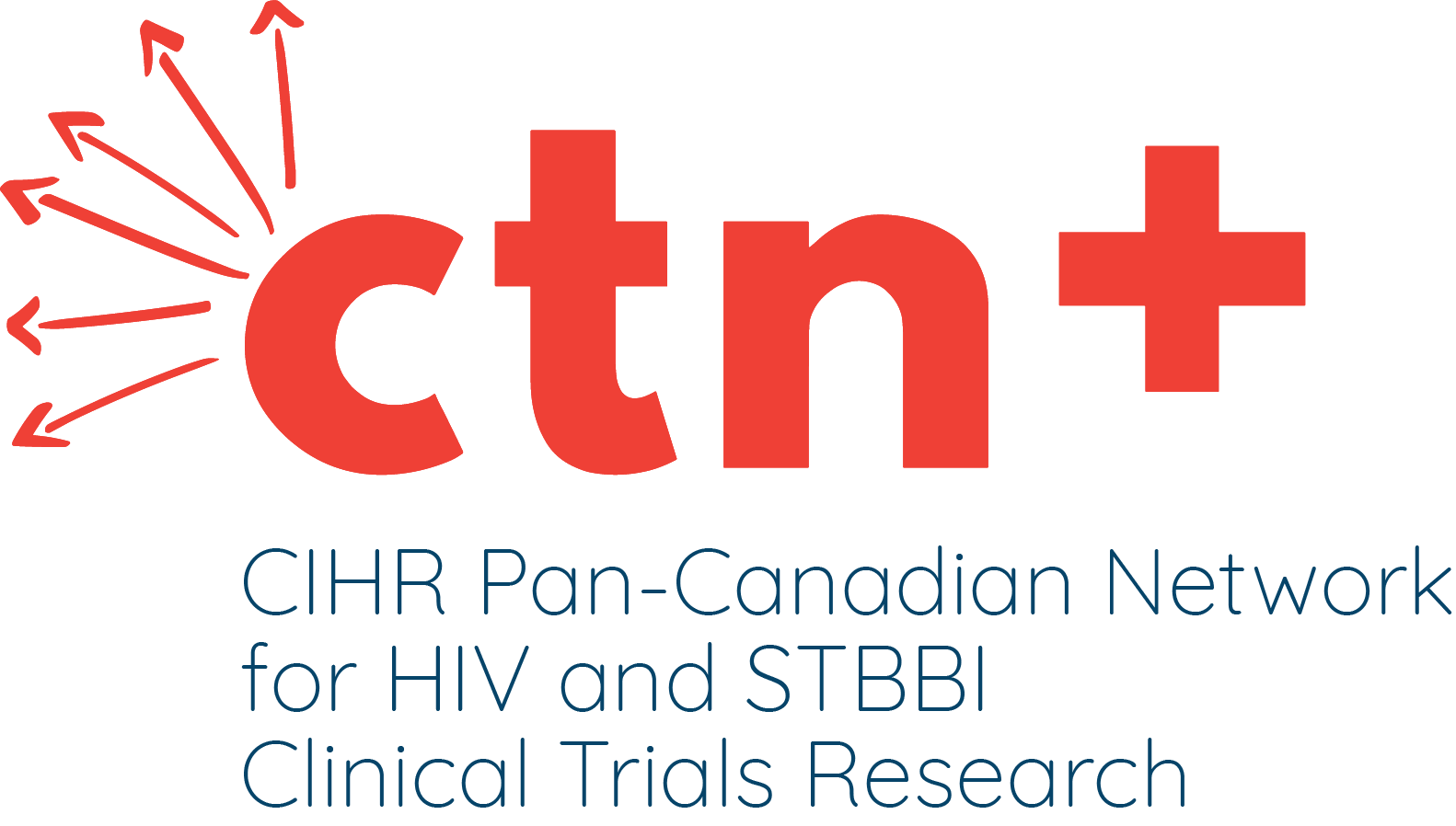About The Study
This study is for people who have elevated liver enzymes and have been asked to have an abdominal ultrasound as part of standard medical care.
The study consists of three parts, each with its own objective:
Part One is to determine the association between abnormal blood sugar and fat levels, diet, body composition, elevated liver enzymes and accumulation of fat in the liver, which the ultrasound procedure will measure. Participants will be asked to give 5 tablespoons of blood after a 12-hour fast, and their medical history, body fat and skin-fold thickness will be recorded. As well, participants will be asked to record their daily food intake and physical activity for a period of one week.
Part Two is to determine whether nutritional factors such as the type of fat in the diet and the liver or amount of antioxidant nutrient in the diet and in the liver have a role in the progression of the disease. Participants will be asked to undergo a liver biopsy. The liver biopsy will indicate the state of the disease, and the study will compare the nutritional status of patients with excess fat in their liver with those who have inflammation and a more advanced disease.
Part Three is to evaluate the efficacy of a one-year nutritional intervention on fat buildup in the liver, with either:
- Betaine (a nutrient found in fish, beets, and legumes)
- Vitamin E
- Diet restriction and exercise
Depending on their body weight, participants will be placed in one of two groups; Group 1: Those who are over weight will receive a specific diet and exercise regimen for reaching a desired weight loss of 5-7% while those in Group 2 will be randomly assigned to receive either vitamin E (in capsule form) or betaine (in powder form) for one year. Four follow-up visits will be scheduled for every three months with more blood work to be done on Visit 4 and Visit 6, both for which participants will have to fast. In addition, a second liver biopsy will be performed on the participant’s final visit of the study (month 12 of the study).
Participation in one part does not oblige one to participate in other parts.
This trial hopes to enroll 90 participants at its Canadian site. The duration of the study is 12 months.
About The Disease
Current anti-retroviral therapy used in the treatment of HIV is sometimes associated with side effects such as high blood sugar or diabetes, redistribution of body fat (increase in breast tissue and abdomen, decrease in face, arm and leg tissues); or fat build-up in the liver. This latter condition can be toxic to your liver and lead to inflammation. This condition is known as “non-alcoholic fatty liver disease” or “NAFLD”.
Study Approach
Currently there is no specific treatment for NAFLD, even for HIV-negative people. In some people, gradual weight loss and exercise improve the condition. Researchers are looking into the use of compounds such as vitamin E (an antioxidant found in many dietary sources such as vegetable oils, nuts, and leafy vegetables) or betaine (a dietary nutrient found in fish, beets, and legumes).
Vitamin E is a fat-soluble vitamin that acts as an antioxidant and is involved in the metabolism of all cells.
Betaine is a normal component of the metabolic cycle and has been shown to aid in the transport of fat from the liver, hence preventing the infiltration of fat into the liver and subsequent liver damage.
Two liver biopsies will be performed over the course of the study. This means that a small sample (3cm by 1mm) of the liver will be taken, through the use of local anesthesia and a specially designed needle to be inserted between the ribs into the liver. The liver biopsy is not part of routine care, but rather, specific to the study. A portion of the liver biopsy will be saved for several tests, and it will also help in assessing the liver condition.
This trial is also listed on Clinicaltrials.gov
Eligibility Requirements
Required
- Be 18 years of age or over
- Have convincing evidence of no to little alcohol consumption (i.e. less than 20 grams of ethanol per day) obtained from a detailed history, confirmed by at least one close relative
- Have 1.5 times elevated liver enzymes
- Presence of fatty liver on ultrasound
- If hyperlipidemic (excess fat or lipids in the blood) or diabetic, have a stable drug regimen for the 6 months prior to and during the study
- For the nutritional intervention only, you need to have a baseline liver biopsy with large vesicles of fatty degeneration with inflammation, liver cell damage, and/or NAFLD
- Have a willingness to maintain stable weight and normal exercise program for the duration of the study, if randomized to vitamin E or betaine
Not Allowed
- Have other kinds of liver disease such as certain types of hepatitis, biliary cirrhosis (inflammation/obstruction of the bile ducts), Wilson’s disease (accumulation of copper), and other genetic liver disease
- Have complications of liver disease
- Have a concurrent medical illness where a liver biopsy would be ill advised; history of unexplained bleeding, hemophilia, abnormal coagulation results or any other reason deemed by the hepatologist (liver specialist) against a liver biopsy
- Be on medications known to bring on steatohepatitis (fat in the liver) in the 6 months prior to entry
- Be on antioxidant vitamin supplementation, ursodeoxycholic acid (used to treat gallstones), or any other experimental drug 6 months prior to study entry
- Be pregnant or lactating
Participating Sites
